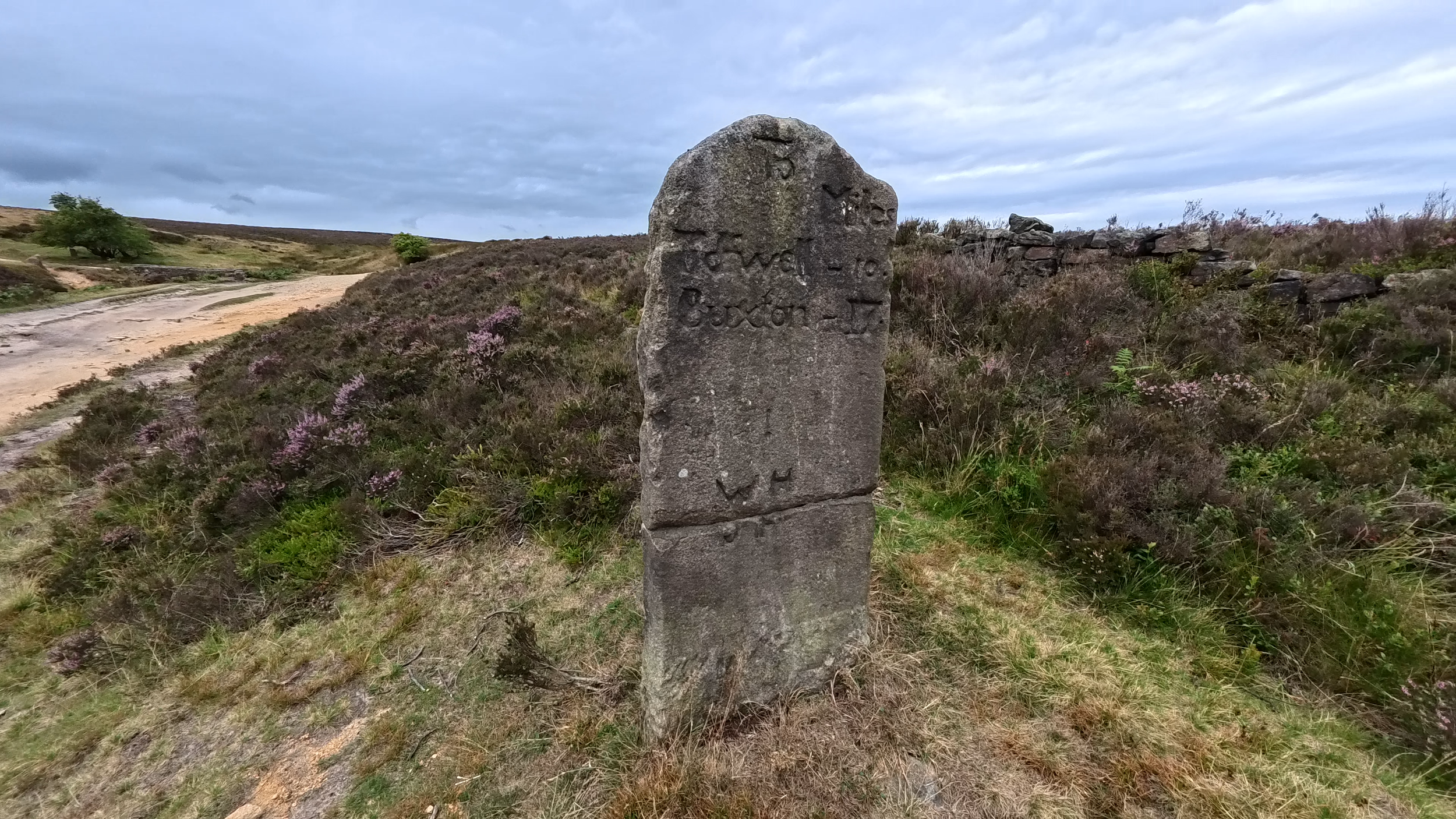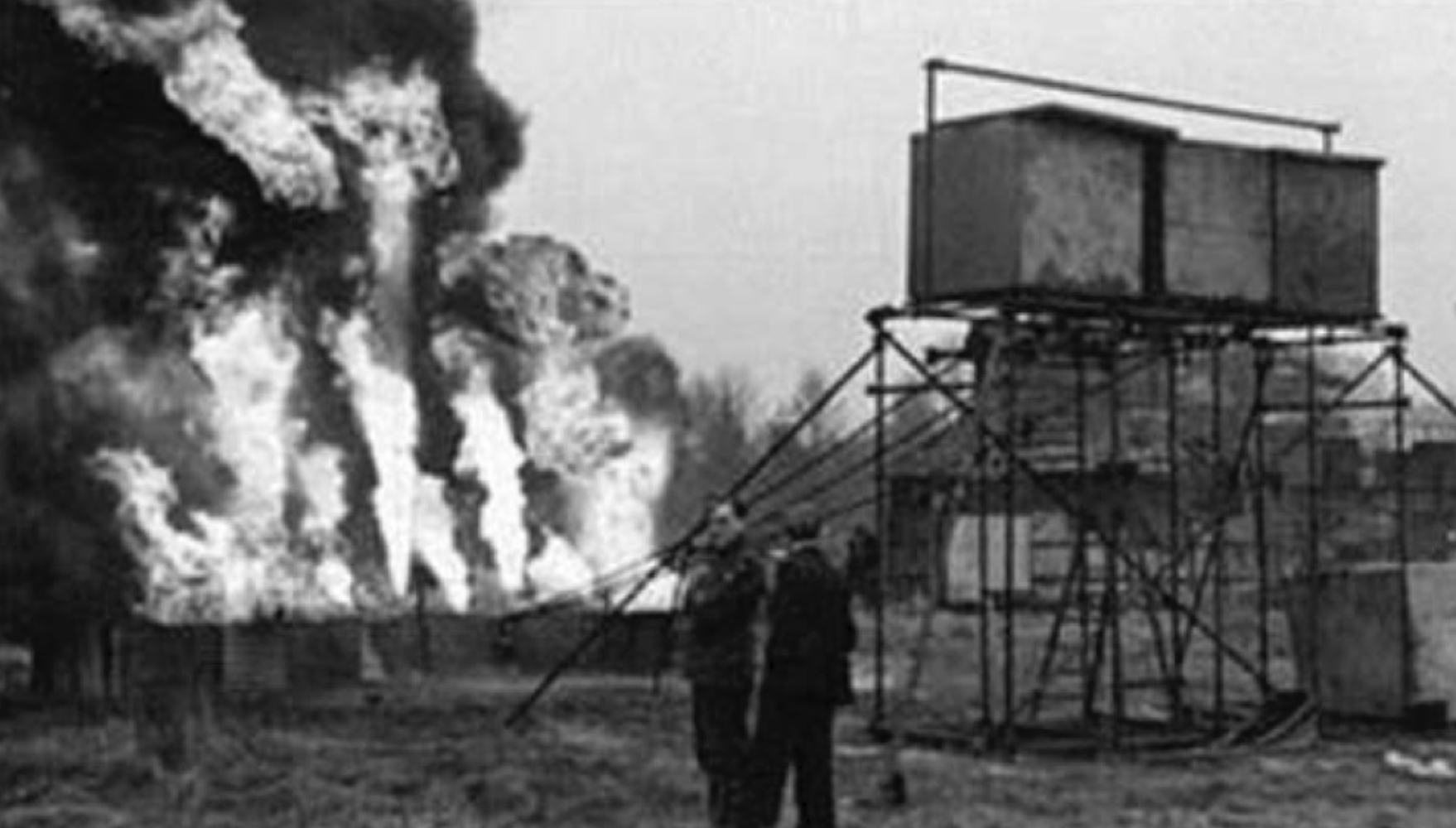Walking the Peak District's Last Turnpike Road
Stepping onto the historic Sheffield to Buxton Turnpike Road in the Peak District isn't just a walk; it's a journey back in time. This isn't just any old path – it's a section of what's believed to be the last continually used turnpike road in the Peak District, finally closing its toll gates in 1884. Imagine 126 years of travelers paying their way!
Our walk began at an incredible sight: an old toll house, built around 1778. These unique, often octagonal, "round houses" were strategically placed where barriers once stood, ready to collect fees from anyone looking to use the road. It’s hard to imagine, but once upon a time, simply getting from one town to another could cost you a significant portion of your daily wage.
Download GPX Route file HERE
The Cost of the Road
Turnpike roads, essentially toll roads, came into being after a 1663 act of Parliament. Local authorities or trusts were given the power to charge travelers in exchange for maintaining the roads, adding essential milestone markers, and improving the overall infrastructure. While it seems fair on the surface, these tolls weren't always popular. People who had once used these existing paths for free suddenly found themselves having to pay. For example, a journey from Sheffield to Buxton could set you back six old pennies – a considerable sum in its day. And if your journey took you across different turnpike trusts, the costs quickly added up, sometimes equalling two days' pay just for a 20-mile trip!
Milestones and WWII Secrets
As we walked, we kept an eye out for milestones, also known as "stoops." These ancient markers guided travelers and carried fascinating stories. We found one particularly intriguing stoop with a distinct crack. The story behind it is incredible: during World War II, the top of this very stoop was deliberately broken off by soldiers. Why? To prevent German invaders from easily navigating towards Sheffield if they were to land on British soil. The broken top was later found in a garden 70 years later and has since been wonderfully restored.
Speaking of WWII, our route also led us to the subtle remnants of a decoy fake town. This area would have been lit up at night during air raids, designed to fool German bombers into thinking it was a built-up area, thus diverting their bombs away from the real city of Sheffield. It's a stark reminder of the hidden history woven into the fabric of these seemingly tranquil landscapes.
A Legacy of Roads
The turnpike era eventually ended. With the Local Government Act of 1888, the responsibility for road maintenance shifted to local councils, making these private trusts obsolete. It was probably a welcome change for many, especially given the Rebecca Riots in North Wales, where men disguised as women caused havoc at toll gates in protest against the charges.
Today, this section of the Sheffield to Buxton Turnpike Road is a peaceful byway, a far cry from the bustling (and bumpy!) main thoroughfare it once was. It’s a powerful reminder that while the ways we travel have changed dramatically, the stories embedded in these ancient paths continue to reveal the rich tapestry of our past.
Have you ever explored an old turnpike road or discovered hidden history on a local walk? Share your experiences in the comments below!





